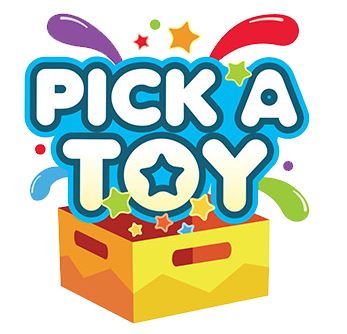Title: "Navigating Sensory Processing Disorder (SPD) with Sensory Toys: Tools for a Brighter Future"
Introduction
Sensory Processing Disorder (SPD) is a condition that can significantly impact a person's ability to process and respond to sensory information from their environment. For individuals with SPD, sensory experiences can be overwhelming, leading to anxiety, meltdowns, and difficulties in daily life. Sensory toys, specifically designed to address sensory needs, can play a pivotal role in helping individuals with SPD regulate their sensory experiences and lead fuller, more comfortable lives. In this blog, we'll explore the world of sensory toys and how they can provide relief and support for those living with SPD.
Understanding Sensory Processing Disorder (SPD)
SPD is a neurological condition that affects how the brain receives, processes, and responds to sensory input. This includes input from the five senses (sight, sound, touch, taste, and smell) as well as input from the proprioceptive and vestibular systems, which relate to body position and movement. Individuals with SPD may experience sensory sensitivities (hypersensitivity) or seek out sensory input (hyposensitivity) to varying degrees.
The Challenges of SPD
SPD can manifest in numerous ways, and its symptoms can range from mild to severe. Some common challenges faced by individuals with SPD include:
Overstimulation: Everyday sensory experiences, such as bright lights, loud noises, or certain textures, can be overwhelming and lead to emotional distress.
Understimulation: Individuals with SPD may seek out intense sensory input, such as excessive spinning or jumping, to satisfy their sensory needs, which can be disruptive in certain situations.
Difficulty with Self-Regulation: SPD can make it challenging for individuals to regulate their emotional responses and behavior in response to sensory triggers.
Social and Academic Challenges: Sensory sensitivities and overstimulation can interfere with a person's ability to engage in social interactions and perform well academically.
The Role of Sensory Toys in SPD
Sensory toys are specially designed to provide sensory input in a controlled and therapeutic manner. They can be invaluable tools for individuals with SPD, offering several benefits:
Sensory Regulation: Sensory toys can help individuals with SPD self-regulate by providing sensory input in a predictable and controlled way. For example, a weighted blanket can offer deep pressure input, calming the nervous system.
Desensitization: Sensory toys can be used to gradually introduce and desensitize individuals to sensory triggers that cause discomfort. This can lead to increased tolerance over time.
Engagement: Sensory toys can be engaging and enjoyable, motivating individuals to participate in sensory activities that are beneficial for their development.
Stress Reduction: Many sensory toys have calming qualities and can help reduce anxiety and stress, leading to improved emotional well-being.
Types of Sensory Toys for SPD
There is a wide range of sensory toys available to cater to different sensory needs and preferences. Some popular options include:
Weighted Blankets: These blankets provide deep pressure input, which can be calming for individuals with SPD.
Fidget Toys: Small, handheld toys like stress balls, tangles, or putty provide sensory stimulation for individuals who seek tactile input.
Sensory Balls: Textured and inflatable sensory balls can be used for tactile and proprioceptive input through squeezing, rolling, and bouncing.
Sensory Swings: Swinging provides vestibular input, which can be soothing and regulating for many individuals with SPD.
Chewelry: Wearable chewable items like necklaces or bracelets can help individuals who seek oral sensory input.
Noise-Canceling Headphones: These headphones can block out auditory sensory overload in noisy environments.
Conclusion
Sensory toys are not just playthings; they are therapeutic tools that offer comfort, relief, and support to individuals with Sensory Processing Disorder. By providing sensory input in a controlled and enjoyable manner, these toys empower individuals to better navigate the sensory world around them. If you or someone you know is living with SPD, consider exploring the wide range of sensory toys available to discover the benefits they can bring to daily life. Together with the guidance of a healthcare professional or occupational therapist, these tools can contribute to a brighter and more manageable future for individuals with SPD.
